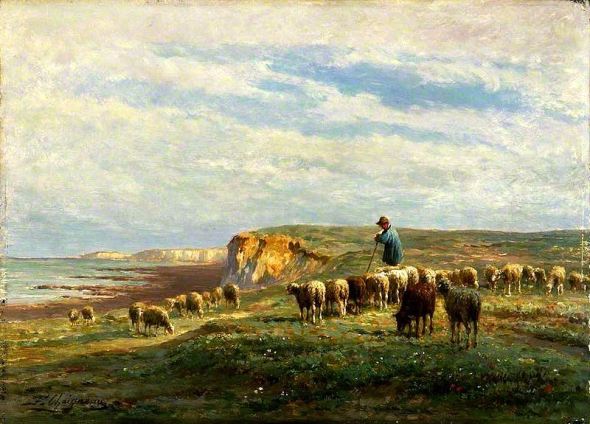Villanelle
Posted: January 21, 2014 Filed under: Poetry | Tags: Definitions, Information, Poetry, Villanelle 2 CommentsI was reading an article on poetry yesterday when I came across the word ‘villanelle’ which was used with no explanations or clarifications and as always I wondered what it meant.
I decided to keep all these definitions of words connected to the art world together here so I can refer back to them.
A villanelle (also known as villanesque) is a nineteen-line poetic form consisting of five tercets followed by a quatrain. There are two refrains and two repeating rhymes, with the first and third line of the first tercet repeated alternately until the last stanza, which includes both repeated lines. The villanelle is an example of a fixed verse form. The word derives from Latin, then Italian, and is related to the initial subject of the form being the pastoral.
The villanelle consists of five stanzas of three lines (tercets) followed by a single stanza of four lines (a quatrain) for a total of nineteen lines. It is structured by two repeating rhymes and two refrains: the first line of the first stanza serves as the last line of the second and fourth stanzas, and the third line of the first stanza serves as the last line of the third and fifth stanzas. The rhyme-and-refrain pattern of the villanelle can be schematized as A1bA2 abA1 abA2 abA1 abA2 abA1A2 where letters (“a” and “b”) indicate the two rhyme sounds, upper case indicates a refrain (“A”), and superscript numerals (1 and 2) indicate Refrain 1 and Refrain 2.
Love the amount of information available on the Internet.





